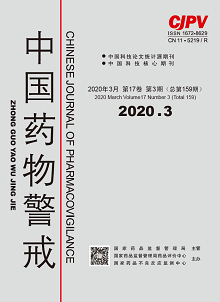|
|
Labeling of Instructions for Biopharmaceuticals for Intravenous Infusion
LIU Min, HU Xue, LI Yanjiao, SONG Yanqing, WANG Xiangfeng
2020, 17(3):
165-168.
DOI: 10.19803/j.1672-8629.2020.03.08
Objective To find out about the instructions for biopharmaceuticals for intravenous infusions in our hospital in order to provide reference for rational use of drugs. Methods A total of forty-seven instructions for biopharmaceuticals for intravenous infusion were collected in our hospital, and statistical analysis was conducted of the drug delivery route, storage, medium selection, infusion rate, infusion set requirements, flushing, preparation process, and preparation liquid storage. Results Among the forty-seven instructions for intravenous biologics, the labeling rate of drug delivery and storage information was 100%. Despite the high labeling rate of medium selection, infusion rate, and preparation process, some of the information was implicit. Infusion apparatus was labeled in twenty-three instructions (48.94%), flushing in one (2.13%), and the expiry date of preparation liquids was in 20 (42.55%). Conclusion The labeling of instructions for the storage of biological products for intravenous infusion is far from detailed. It is recommended that manufacturers revise instructions. Regulatory authorities should strengthen the approval and supervision of related information in instructions for pharmaceuticals.
References |
Related Articles |
Metrics
|
